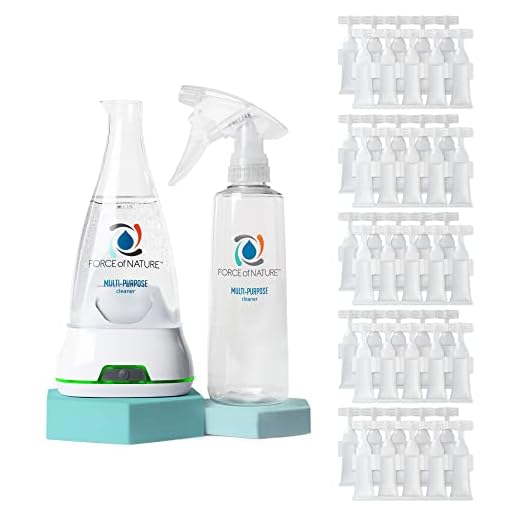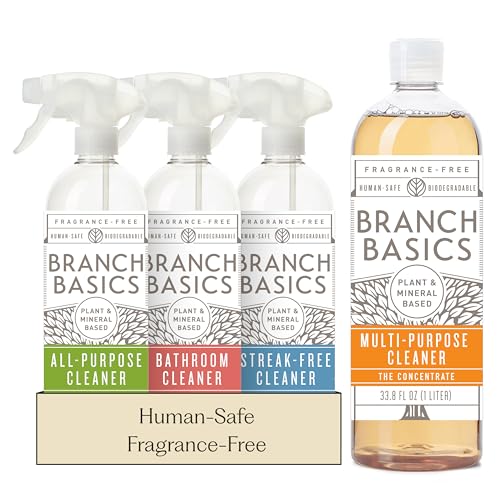



As a Scottish Fold with a keen interest in my well-being, I can confidently say that certain cleaning products should be avoided in our homes. The chemical compounds found in many household disinfectants can pose serious risks to furry companions like me. Direct contact or ingestion can lead to severe health issues.
It’s crucial for pet owners to understand the dangers associated with these substances. Symptoms of exposure can range from drooling and vomiting to more severe reactions such as breathing difficulties. If you suspect that your beloved pet has come into contact with these products, seeking immediate veterinary assistance is essential.
To keep our living spaces safe, consider opting for pet-friendly cleaning alternatives. There are numerous natural solutions that can effectively sanitize without posing a threat to our health. Regularly check the ingredients of any product before use, ensuring it is safe for all household members, including the four-legged ones.
Is Bleach Toxic to Cats
As an eight-year-old Scottish Fold, I’ve seen my fair share of cleaning products around the house. I want to share that the substance used for whitening and disinfecting is definitely not safe for me or my furry friends. Inhaling the fumes or getting it on our paws can lead to serious health issues.
If you suspect I’ve come into contact with it, watch for signs like drooling, vomiting, or difficulty breathing. Immediate action is crucial! Rinse my paws thoroughly and ensure I have fresh air. If symptoms show up, a trip to the vet is necessary without delay.
Always store harmful agents out of reach. Opt for pet-friendly alternatives when cleaning. Your choice of products can make a huge difference in our safety and well-being.
The Chemical Composition of Bleach and Its Effects on Cats
Chlorine compounds are the primary ingredients in many cleaning solutions that humans use. These substances can lead to serious health issues for my furry friends and me. The main chemical, sodium hypochlorite, can irritate the skin, respiratory system, and digestive tract when exposed.
Common Ingredients in Cleaning Solutions
- Sodium hypochlorite
- Hydrogen peroxide
- Surfactants
- Fragrance additives
Each of these ingredients poses different risks. For example, hydrogen peroxide can cause burns if ingested or if it comes in contact with fur. Fragrance additives may lead to allergic reactions, making us sneeze or feel unwell.
Health Implications
- Digestive issues: Ingestion can cause nausea, vomiting, or diarrhea.
- Respiratory distress: Inhalation may result in coughing, wheezing, or difficulty breathing.
- Skin irritation: Direct contact can lead to rashes or burns.
It’s best to keep these cleaning products out of reach and ensure proper ventilation when using them. Always opt for pet-safe alternatives whenever possible to protect our health and well-being.
Symptoms of Bleach Poisoning in Cats
As a Scottish Fold, I’m always on the lookout for things that could make my fellow felines unwell. If your furry friend has encountered harmful cleaning substances, watch for these signs immediately. Common symptoms include drooling, vomiting, and difficulty breathing. If you see any of these, it’s essential to act quickly.
Look for gastrointestinal distress, which might manifest as diarrhea or a lack of appetite. Your companion may also exhibit signs of discomfort, such as whining or hiding. In more severe cases, twitching or seizures could occur, indicating a significant reaction to the chemicals. Rapid heartbeat or lethargy are also concerning signs that require immediate veterinary attention.
Keep an eye on the eyes and skin, as irritation or burns may develop upon contact with hazardous agents. If you suspect exposure, it’s crucial to seek help from a veterinarian right away. The sooner you act, the better the chances of recovery for your beloved friend.
Safe Cleaning Alternatives for Cat Owners
For my fellow feline friends and their humans, I recommend using vinegar and baking soda for cleaning. These natural alternatives are safe, non-irritating, and effective in eliminating odors and stains without causing harm.
Mix equal parts of white vinegar and water in a spray bottle. This solution works wonders on surfaces and is great for kitchen counters and floors. It neutralizes bad smells and leaves everything fresh.
Baking soda is another superstar. Sprinkle it on carpets or in litter boxes to absorb odors. After a few hours, just vacuum it up. It’s simple and keeps the home smelling clean.
For those tougher spots, consider using castile soap mixed with warm water. It’s gentle yet powerful enough to tackle grime. Just remember to rinse the area well to avoid any residue.
When cleaning, always ventilate the space. Open windows and doors to promote airflow. This helps in reducing any lingering scents of cleaning products.
If you’re using a scrubber for tougher tasks, check out can i get replacement cordless scrubber pro brushes. Having the right tools can make the job easier while ensuring my environment stays safe.
Lastly, always keep your cleaning supplies out of reach. Even the safest products can be harmful if ingested in large amounts. Stay vigilant!
What to Do If Your Cat Ingests Bleach
If I accidentally swallow something harmful, it’s crucial to act quickly. First, stay calm. Immediately call your veterinarian or an emergency animal clinic. Provide them with details about the substance and the estimated amount consumed.
Steps to Follow
Do not induce vomiting unless specifically instructed by a veterinary professional. This can cause more harm than good. Instead, gather any packaging or labels of the product for reference when speaking to the vet. This information will help them determine the best course of action.
Signs to Monitor
Keep an eye on my behavior. If I start showing signs of distress, such as drooling, vomiting, or difficulty breathing, inform the vet immediately. Quick response can make a significant difference in my recovery.
| Action | Description |
|---|---|
| Contact Vet | Provide details about the substance and amount ingested. |
| Do Not Induce Vomiting | Only do this if instructed by a veterinary professional. |
| Monitor Symptoms | Watch for signs of distress and report them to the vet. |
| Gather Information | Collect packaging or labels of the ingested product. |
Prompt action and clear communication with a veterinarian are key to ensuring my safety and well-being. Always be prepared, and keep harmful substances out of reach.
Preventing Exposure to Household Cleaners in Your Home
To keep me safe, it’s crucial to take specific steps to minimize the risk of exposure to harmful cleaning agents. Here are some effective strategies:
- Store all cleaning products in a locked cabinet or a high shelf, inaccessible to curious paws.
- Use pet-safe alternatives whenever possible. Many brands offer natural cleaning solutions that are less harmful.
- Ventilate areas after cleaning. Open windows and doors to ensure fresh air circulates and dissipates any lingering fumes.
- Always supervise your human while they clean. Make sure they know to keep the cleaning area secure while products are in use.
- Educate your family about the dangers of certain substances. Everyone should be aware of what’s safe and what’s not.
- Consider using a dedicated cleaning schedule that allows for thorough cleaning while I’m away at the vet or during playdates.
If you’re looking for safe products, check out reviews online and choose those that are highly recommended for pet owners. Keeping your home clean while ensuring my safety is a team effort!
For my human friends with older pals like me, you might want to check out the best cat food for older cats with sensitive stomachs. A well-fed cat is a happy cat!
FAQ:
Is bleach harmful to cats?
Yes, bleach can be harmful to cats. It contains chemicals that can cause various health issues if ingested or if they come into contact with their skin. Common symptoms of bleach poisoning in cats include drooling, vomiting, difficulty breathing, and irritation of the mouth and throat. If you suspect your cat has come into contact with bleach, it’s important to seek veterinary assistance immediately.
What should I do if my cat accidentally ingests bleach?
If your cat has ingested bleach, the first step is to contact your veterinarian or an emergency animal clinic right away. Do not induce vomiting unless instructed to do so by a professional. Provide as much information as possible, including the amount of bleach ingested and the time of the incident. Your vet may recommend bringing your cat in for treatment or provide guidance on how to manage the situation at home.
How can I keep my cat safe from bleach and other household cleaners?
To keep your cat safe from bleach and other toxic household cleaners, always store these substances in secure cabinets that are out of reach. When cleaning, consider using pet-safe alternatives or ensuring your cat is in a separate room until the area is dry and well-ventilated. Always read the labels of products to check for any warnings regarding pets, and never leave cleaning materials unattended where your cat can access them. Regularly check your home for any potential hazards to prevent accidents.








